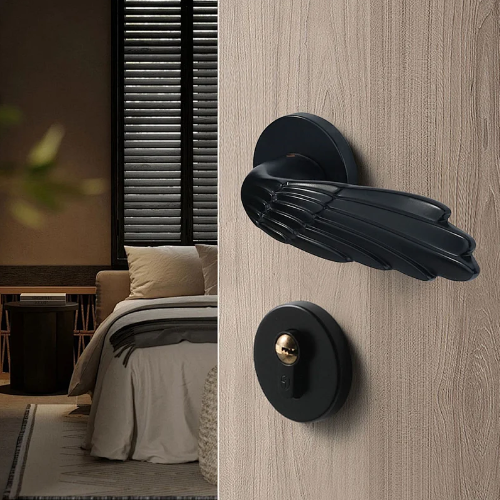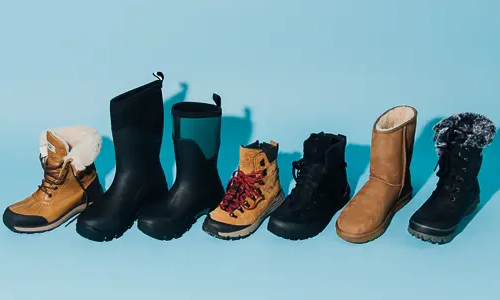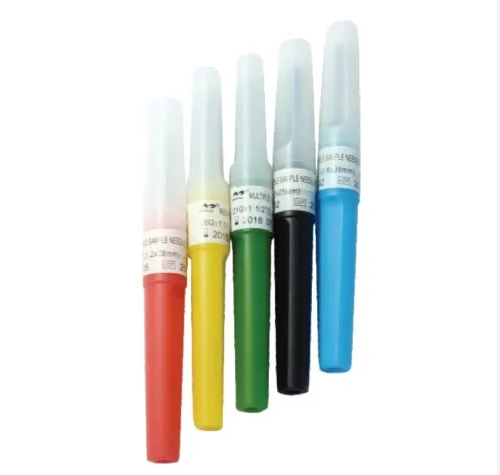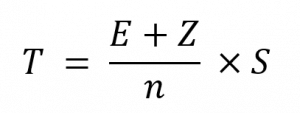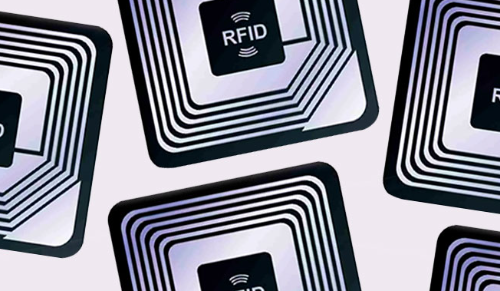
Auto bumper molding refers to the process of shaping and forming materials used for car bumpers into specific shapes and sizes, typically through injection molding. While auto bumper mould process is essential for producing durable and reliable bumpers, it also presents a range of challenges that can impact the final product's performance. By gaining a deeper understanding of the bumper molding process, the machinery involved, and the common issues that arise, manufacturers can better ensure the creation of high quality bumpers that serve as critical safety components for vehicles.
Chapter 1: Understanding Auto Bumper Manufacturing
Auto bumpers are essential components of modern vehicles, providing both safety and aesthetic value. The manufacturing auto bumper mould process must ensure they are durable, lightweight, and cost effective. One of the most widely used methods for producing auto bumpers is injection molding.
Injection auto bumper mould involves injecting molten material, typically polypropylene or polyurethane, into a precisely designed mold. Once the material cools and hardens, the mold for automotive opens to reveal the finished bumper. This method offers several advantages, including precision in design, high production efficiency, and reduced waste. The resulting bumpers are lightweight yet strong, which improves vehicle fuel efficiency while maintaining protection against impacts.
Compared to other methods, such as blow molding or thermoforming, injection molding offers superior consistency and detail in large volume production. The auto bumper moulds used can produce intricate designs, allowing manufacturers to create bumpers that meet both safety standards and aesthetic preferences. Additionally, injection automotive plastic moulding supports the use of different additives and reinforcements to improve the material,s strength, impact resistance, and appearance.
A key benefit of this method is its cost effectiveness. Once the auto bumper mould is created, it can be reused to produce thousands of identical bumpers, significantly lowering production costs. This makes injection molding a favored choice for large-scale automotive manufacturing.
In conclusion, injection molding for automotive stands out as the preferred method for auto bumper production due to its precision, scalability, and efficiency. This process enables manufacturers to meet both the safety and design demands of today’s automotive market, making it the industry standard for producing high quality bumpers.
Chapter 2: Challenges in Injection Molding for Auto Bumpers
While injection auto bumper moulding is the preferred method for manufacturing auto bumpers, it presents several challenges that can impact both quality and efficiency. One of the most common issues is warping, where uneven cooling causes the bumper to lose its intended shape. This can result in defects that affect both the functionality and appearance of the product. To mitigate this, manufacturers must carefully control cooling times and ensure uniform material distribution.
Another challenge is shrinkage, which occurs when the plastic material contracts during cooling. This can lead to inconsistencies in dimensions, requiring precise adjustments in mold design and process settings. Similarly, sink marks—indentations that form when the material cools unevenly—can negatively affect the bumper’s surface finish and structural integrity.
Material selection also plays a critical role in overcoming these challenges. Using high quality polymers with proper additives can reduce the likelihood of defects while improving the bumper’s strength and durability.
Advanced technology and auto bumper mould process optimization are key to addressing these issues. By using cutting edge machinery and automation, manufacturers can maintain tighter tolerances and reduce the risk of defects, ensuring that the bumpers for automotive meet both safety and aesthetic standards.
Chapter 3: How Injection Molding Automotive Works
The automotive injection molding process is a well established manufacturing method that provides numerous benefits to car manufacturers, offering both precision and efficiency.
The automotive plastic mould process begins with the creation of a virtual model of the desired automotive part using Computer Aided Design (CAD) software. This virtual model allows manufacturers to perfect the dimensions, structure, and specifications of the part before physical production begins. CAD models provide the foundation for developing the auto bumper mould, which is a critical component of the injection molding process. Auto bumper moulds are custom made, typically from steel or aluminum, and designed to withstand the high pressure and heat of the molding process. They are precision engineered to ensure that each part produced meets exact design requirements.
Once the auto bumper mould is ready, the next step involves injecting molten material—usually thermoplastics such as polypropylene or ABS—into the mold. This is done at high pressure, ensuring that the material fills every cavity of the mold, creating a highly accurate and detailed replica of the part. The injection automotive plastic mould process is quick, allowing for the production of thousands of parts in a relatively short period of time. During this stage, maintaining consistent temperature control is crucial to avoid defects like warping or shrinkage.
After the auto bumper mould is filled, the material is cooled until it solidifies. The cooling phase is carefully controlled to ensure that the part retains its shape and structural integrity. Once cooled, specialized ejection machines remove the solidified parts from the mold. These machines apply precise force to release the part without causing damage.
Finally, the newly formed parts are collected and sent for further finishing processes or directly to assembly lines, depending on the manufacturer’s needs. These finishing automotive plastic mould processes may include trimming excess material, polishing, or adding any necessary coatings.
With its precision, speed, and scalability, automotive injection molding has become an invaluable asset in the production of vehicle components. This method not only enhances efficiency but also ensures consistent quality, making it a key technology in modern automotive manufacturing.
Chapter 4: Product Recommendation from ZheJiang HuangYan Younger Mould Factory
ZheJiang HuangYan Younger Mould Factory is a leading supplier of high quality auto parts molds in China, or one of the most popular Chinese injection molding companies, specializing in the production of molds for auto bumpers. With years of industry experience and cutting edge technology, we provide reliable and innovative solutions for automotive manufacturers worldwide.
One of the key advantages of partnering with ZheJiang HuangYan Younger Mould Factory is our commitment to solving common injection automotive plastic moulding challenges. We understand the issues that can arise during production, such as warping, shrinkage, and sink marks, and our molds are designed to minimize these risks. Our team of experts works closely with clients to select the right materials and optimize auto bumper mould designs, ensuring that the final product meets both safety standards and aesthetic requirements.
Younger Mould is one of the most popular Chinese injection molding companies, who has earned a good reputation and position in the industry, gaining the trust and praise of numerous customers. If you are interested in our plastic moulds for automotive, please leave your contact information, and we will provide you with favorable quotations and plastic injection molding services.



